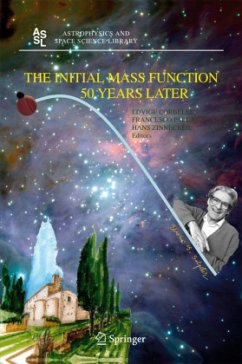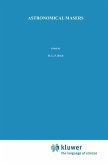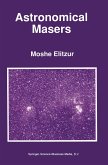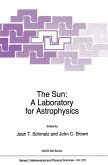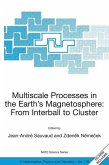Theideatocelebrate50yearsoftheSalpeterIMFoccurredduringtherecent IAU General Assembly in Sydney, Australia. Indeed, it was from Australia that in July 1954 Ed Salpeter submitted his famous paper "The Luminosity Function and Stellar Evolution" with the rst derivation of the empirical stellar IMF. This contribution was to become one of the most famous astrophysics papers of the last 50 years. Here, Ed Salpeter introduced the terms "original mass function" and "original luminosity function", and estimated the pro- bility for the creation of stars of given mass at a particular time, now known as the "Salpeter Initial Mass Function", or IMF. The paper was written at the Australian National University in Canberra on leave of absence from Cornell University (USA) and was published in 1955 as 7 page note in the Astroph- ical Journal Vol. 121, page 161. To celabrate the 50th anniversary of the IMF, along with Ed Salpeter's 80th birthday, we have organized a special meeting that brought together scientists involved in the empirical determination of this fundamental quantity in a va- ety of astrophysical contexts and other scientists fascinated by the deep imp- cations of the IMF on star formation theories, on the physical conditions of the gas before and after star formation, and on galactic evolution and cosmology. The meeting took place in one of the most beautiful spots of the Tuscan countryside, far from the noise and haste of everyday life.
Hinweis: Dieser Artikel kann nur an eine deutsche Lieferadresse ausgeliefert werden.
Hinweis: Dieser Artikel kann nur an eine deutsche Lieferadresse ausgeliefert werden.

